Home>Technology>Smart Home Devices>How To Limit Data Usage On Wi-Fi Router Per User


Smart Home Devices
How To Limit Data Usage On Wi-Fi Router Per User
Modified: January 7, 2024
Learn how to limit data usage on your Wi-Fi router per user with smart home devices. Control and manage data consumption easily. Ideal for optimizing network performance.
(Many of the links in this article redirect to a specific reviewed product. Your purchase of these products through affiliate links helps to generate commission for Storables.com, at no extra cost. Learn more)
**
Introduction
**
In today's digital age, where smart home devices are becoming increasingly prevalent, ensuring efficient usage of Wi-Fi data is paramount. With multiple users and a myriad of devices connected to a single router, managing data usage becomes a crucial aspect of maintaining a stable and high-performing network. This article delves into the intricacies of limiting data usage on a Wi-Fi router per user, offering valuable insights and practical solutions for optimizing data allocation within a household or office environment.
As the Internet of Things (IoT) continues to expand, the number of connected devices in a typical household has surged. From smart TVs and thermostats to security cameras and voice assistants, the demand for a reliable and robust Wi-Fi network has never been greater. However, with this surge in connectivity comes the challenge of effectively managing data consumption to prevent network congestion and ensure equitable access for all users.
By understanding the nuances of data usage on a Wi-Fi router and implementing user-based data limits, individuals and businesses can streamline their network operations, enhance security, and optimize bandwidth allocation. This article aims to elucidate the intricacies of setting up user-specific data limits on a Wi-Fi router, empowering users to take control of their network management and elevate their digital experience.
Through a comprehensive exploration of monitoring data usage per user and leveraging advanced router features, readers will gain valuable insights into optimizing their Wi-Fi network for seamless connectivity and efficient data utilization. Whether it's prioritizing critical devices, allocating bandwidth for specific users, or simply monitoring data consumption, this article equips readers with the knowledge and tools to harness the full potential of their Wi-Fi router while mitigating data-related challenges.
As we embark on this journey to unravel the complexities of data management on Wi-Fi routers, it's essential to approach the topic with a blend of technical acumen and practical wisdom. By embracing innovative strategies and leveraging the capabilities of modern routers, individuals and businesses can foster a harmonious and productive digital ecosystem, where every user enjoys optimal connectivity without compromising network stability or security.
With this overarching goal in mind, let's embark on a comprehensive exploration of how to limit data usage on a Wi-Fi router per user, empowering readers to navigate the digital landscape with confidence and proficiency.
Key Takeaways:
- Managing data usage on a Wi-Fi router is crucial in a world filled with smart home devices. By setting limits for each user, you can ensure fair access to the internet and prevent network congestion.
- Understanding how much data each device uses and monitoring it can help you make sure everyone gets a fair share of the Wi-Fi. With the right tools, you can control data usage and keep the network running smoothly.
Read more: What Is The Wi-Fi Router
Understanding Data Usage on Wi-Fi Router
Before delving into the specifics of limiting data usage on a Wi-Fi router per user, it’s essential to grasp the fundamental principles of data consumption within a network environment. Data usage on a Wi-Fi router encompasses the volume of data transmitted and received by connected devices, spanning a diverse array of activities such as web browsing, video streaming, online gaming, and software updates.
When a device connects to a Wi-Fi router, it engages in data exchanges with the router and other connected devices, enabling seamless communication and access to online resources. Each device’s data usage is contingent on its online activities, with bandwidth-intensive tasks like high-definition video streaming and large file downloads consuming substantial data compared to light web browsing or email correspondence.
Moreover, the proliferation of smart home devices has augmented the complexity of data usage, as these interconnected gadgets continuously exchange data with the router to facilitate automation, remote access, and real-time monitoring. From smart thermostats adjusting temperature settings to security cameras transmitting live footage, the diverse spectrum of smart devices contributes to the overall data load on the Wi-Fi network.
Understanding the dynamics of data usage is pivotal in devising effective strategies to optimize network performance and allocate data resources judiciously. By comprehending the varying data consumption patterns of different devices and users, individuals can tailor their network management approaches to align with specific usage scenarios and user preferences.
Furthermore, discerning the impact of data-heavy applications and services on overall network performance empowers users to identify potential bottlenecks and prioritize critical data transmissions. This nuanced understanding of data usage not only fosters a more efficient network ecosystem but also facilitates informed decision-making when implementing user-based data limits on the Wi-Fi router.
As we navigate the intricacies of data usage on a Wi-Fi router, it becomes evident that a holistic comprehension of data dynamics lays the foundation for effective network optimization and user-specific data management. With this foundational knowledge in place, we can now explore the mechanisms for setting up user-based data limits on a Wi-Fi router, empowering users to wield granular control over data allocation and network utilization.
Setting Up User-Based Data Limits on Wi-Fi Router
Empowering users to establish user-specific data limits on a Wi-Fi router necessitates leveraging advanced router features and implementing tailored configurations to govern data allocation effectively. Modern routers offer a diverse array of functionalities that enable granular control over data usage, catering to the unique requirements of diverse user profiles within a network environment.
One of the primary methods for implementing user-based data limits involves accessing the router’s administrative interface, typically through a web browser, and configuring Quality of Service (QoS) settings. Quality of Service allows users to prioritize specific types of traffic and allocate bandwidth based on predefined rules, ensuring that critical applications receive adequate data resources while imposing limitations on non-essential or bandwidth-intensive activities.
Within the QoS settings, users can define rules to assign data usage limits on a per-user basis, enabling equitable distribution of bandwidth and preventing individual users from monopolizing network resources. By specifying data thresholds for each user or device, individuals can exercise precise control over data consumption, fostering a balanced and fair distribution of network resources.
Furthermore, some advanced routers feature built-in parental control functionalities that facilitate the establishment of user-specific data limits. These parental control tools empower network administrators to set data usage quotas for individual users, ensuring that each user adheres to predefined data thresholds and promoting responsible and efficient data utilization.
For households or businesses with diverse user demographics, the ability to establish user-based data limits fosters a harmonious digital environment where all users can access the network resources without encountering data congestion or performance degradation. Whether it’s regulating the data usage of children’s devices or imposing data caps on guest networks, the flexibility of user-based data limits enables network administrators to tailor data management strategies to suit specific usage scenarios.
By harnessing the capabilities of modern routers and capitalizing on user-specific data limit features, individuals and businesses can cultivate a network environment characterized by equitable data distribution, enhanced security, and optimized bandwidth utilization. This proactive approach to data management lays the groundwork for a robust and efficient Wi-Fi network, where users can navigate the digital landscape with confidence and reliability.
As we delve deeper into the realm of user-based data limits on Wi-Fi routers, it becomes evident that the convergence of advanced router functionalities and user-centric data management fosters a dynamic and responsive network ecosystem. With user-specific data limits in place, network administrators can orchestrate a seamless and equitable data distribution framework, ensuring that every user enjoys optimal connectivity while preserving network stability and performance.
Set up Quality of Service (QoS) on your router to prioritize certain devices or limit their bandwidth. This will help control data usage per user on your Wi-Fi network.
Monitoring Data Usage Per User
Monitoring data usage per user on a Wi-Fi router is a pivotal aspect of maintaining network transparency, identifying data-intensive activities, and ensuring compliance with user-based data limits. Advanced routers offer a suite of monitoring tools and reporting functionalities that empower network administrators to gain comprehensive insights into individual data consumption patterns, facilitating informed decision-making and proactive network management.
One of the primary methods for monitoring data usage per user involves leveraging the router’s built-in traffic monitoring and reporting features. These capabilities enable users to track the volume of data transmitted and received by each connected device, offering granular visibility into individual data usage metrics. By accessing the router’s administrative interface, users can review detailed data usage reports, identify top data consumers, and ascertain usage trends over specific time periods.
Furthermore, some modern routers integrate user-specific data usage monitoring, allowing network administrators to drill down into the data consumption patterns of individual users or devices. This level of granularity empowers users to pinpoint data-heavy activities, enforce user-based data limits, and proactively address potential bandwidth bottlenecks or excessive data consumption instances.
Additionally, third-party applications and network monitoring tools provide supplementary avenues for monitoring data usage per user on a Wi-Fi router. These applications offer enhanced visualization of data usage metrics, real-time alerts for data threshold breaches, and historical data consumption trends, augmenting the router’s native monitoring capabilities and enriching the network administrator’s data management toolkit.
By actively monitoring data usage per user, network administrators can detect anomalies, preemptively address excessive data consumption, and optimize data allocation to align with user-specific requirements. This proactive stance towards data management not only fosters a fair and balanced network environment but also enhances network security by identifying potential unauthorized access or abnormal data patterns.
As we navigate the realm of monitoring data usage per user, it becomes evident that the fusion of robust monitoring tools and user-centric data management empowers network administrators to orchestrate a transparent and responsive network ecosystem. With comprehensive insights into individual data consumption, users can proactively manage data allocation, enforce user-based data limits, and cultivate a network environment characterized by equitable data distribution and optimal performance.
By embracing a proactive approach to monitoring data usage per user, individuals and businesses can navigate the digital landscape with confidence, leveraging actionable data insights to optimize network resources, mitigate data-related challenges, and elevate the overall connectivity experience.
Conclusion
As we draw the curtains on this comprehensive exploration of limiting data usage on a Wi-Fi router per user, it’s evident that the convergence of advanced router functionalities and user-centric data management empowers individuals and businesses to cultivate a harmonious and efficient network ecosystem. By understanding the nuances of data usage on a Wi-Fi router and implementing user-based data limits, users can optimize network performance, enhance security, and ensure equitable access to network resources.
The foundational understanding of data usage dynamics on a Wi-Fi router lays the groundwork for informed decision-making and strategic data management. With a nuanced comprehension of the diverse data consumption patterns exhibited by connected devices and smart home gadgets, individuals can tailor their network management approaches to align with specific usage scenarios and user preferences.
Setting up user-based data limits on a Wi-Fi router represents a proactive and judicious approach to data management, enabling network administrators to wield granular control over data allocation and bandwidth utilization. Leveraging advanced router features such as Quality of Service (QoS) settings and parental controls empowers users to impose data thresholds on a per-user basis, fostering a balanced and fair distribution of network resources.
Moreover, the ability to monitor data usage per user equips network administrators with actionable insights into individual data consumption patterns, facilitating proactive data management and preemptive resolution of potential network congestion or excessive data usage instances. By actively monitoring data usage, users can identify anomalies, enforce user-based data limits, and optimize data allocation to align with user-specific requirements, thereby fostering a transparent and responsive network environment.
As we embrace the multifaceted realm of user-based data limits and data usage monitoring, it’s imperative to recognize the transformative impact of user-centric data management on network performance, security, and user experience. By orchestrating a seamless and equitable data distribution framework, individuals and businesses can navigate the digital landscape with confidence, leveraging actionable data insights to optimize network resources, mitigate data-related challenges, and elevate the overall connectivity experience.
In conclusion, the journey to limit data usage on a Wi-Fi router per user is characterized by a fusion of technical acumen, strategic data management, and a proactive stance towards network optimization. By harnessing the capabilities of modern routers and capitalizing on user-specific data limit features, users can cultivate a network environment that embodies efficiency, transparency, and equitable data distribution, ensuring that every user enjoys optimal connectivity while preserving network stability and performance.
As we continue to embrace the dynamic evolution of smart home devices and interconnected technologies, the empowerment of user-based data limits and data usage monitoring heralds a new era of network management, where users wield granular control over data allocation and network utilization, fostering a digital ecosystem characterized by resilience, responsiveness, and user-centric connectivity.
Frequently Asked Questions about How To Limit Data Usage On Wi-Fi Router Per User
Was this page helpful?
At Storables.com, we guarantee accurate and reliable information. Our content, validated by Expert Board Contributors, is crafted following stringent Editorial Policies. We're committed to providing you with well-researched, expert-backed insights for all your informational needs.

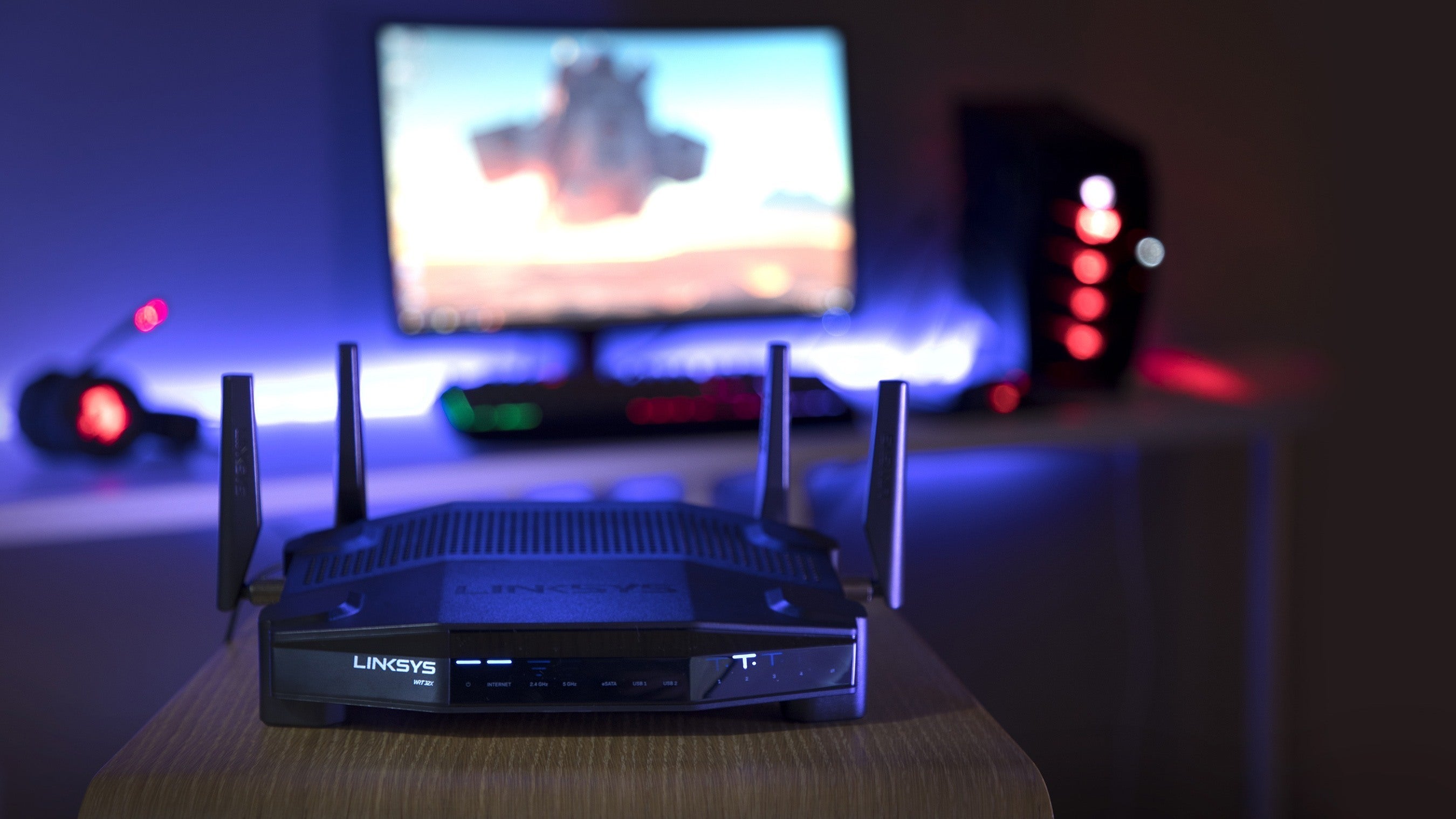
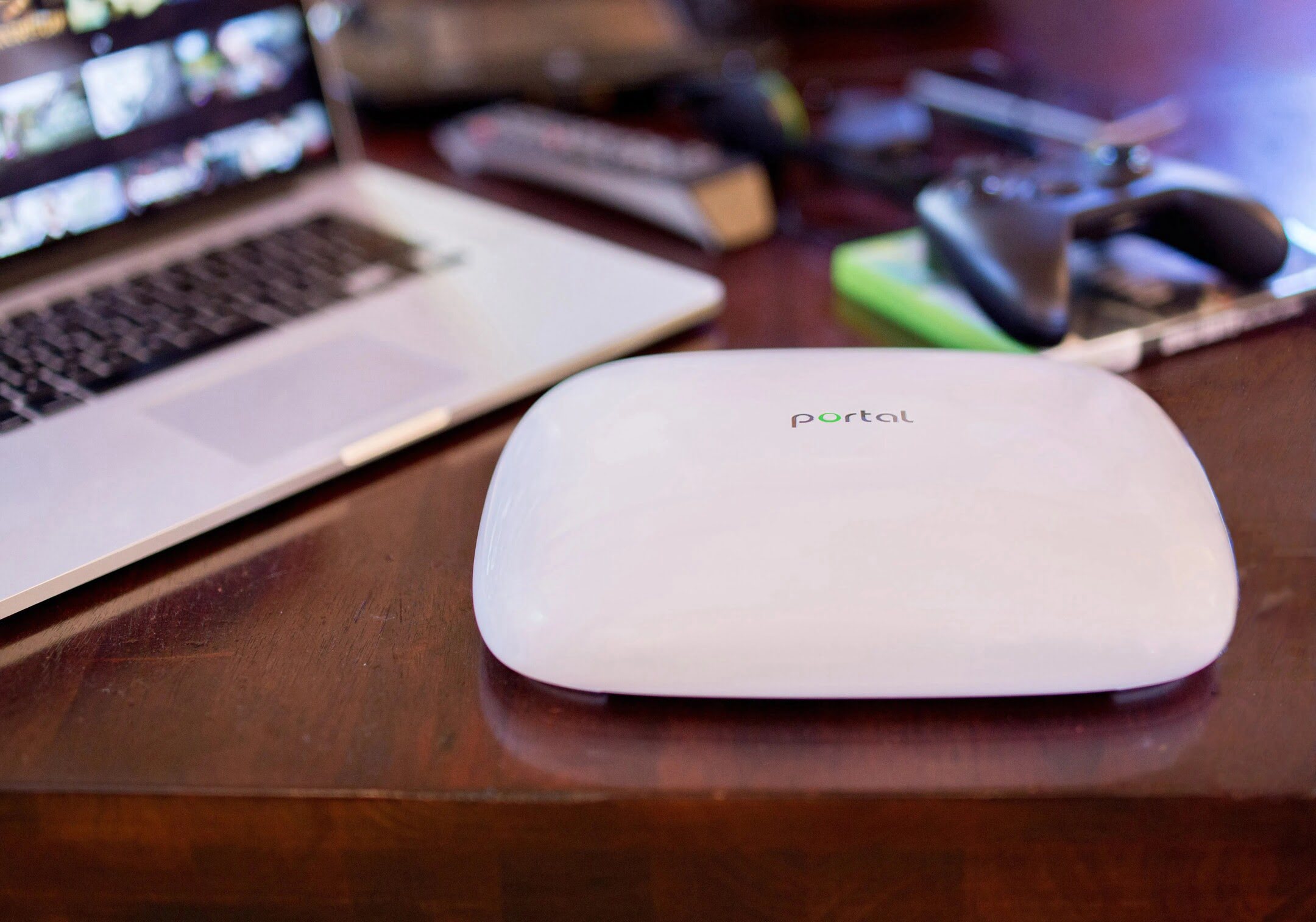
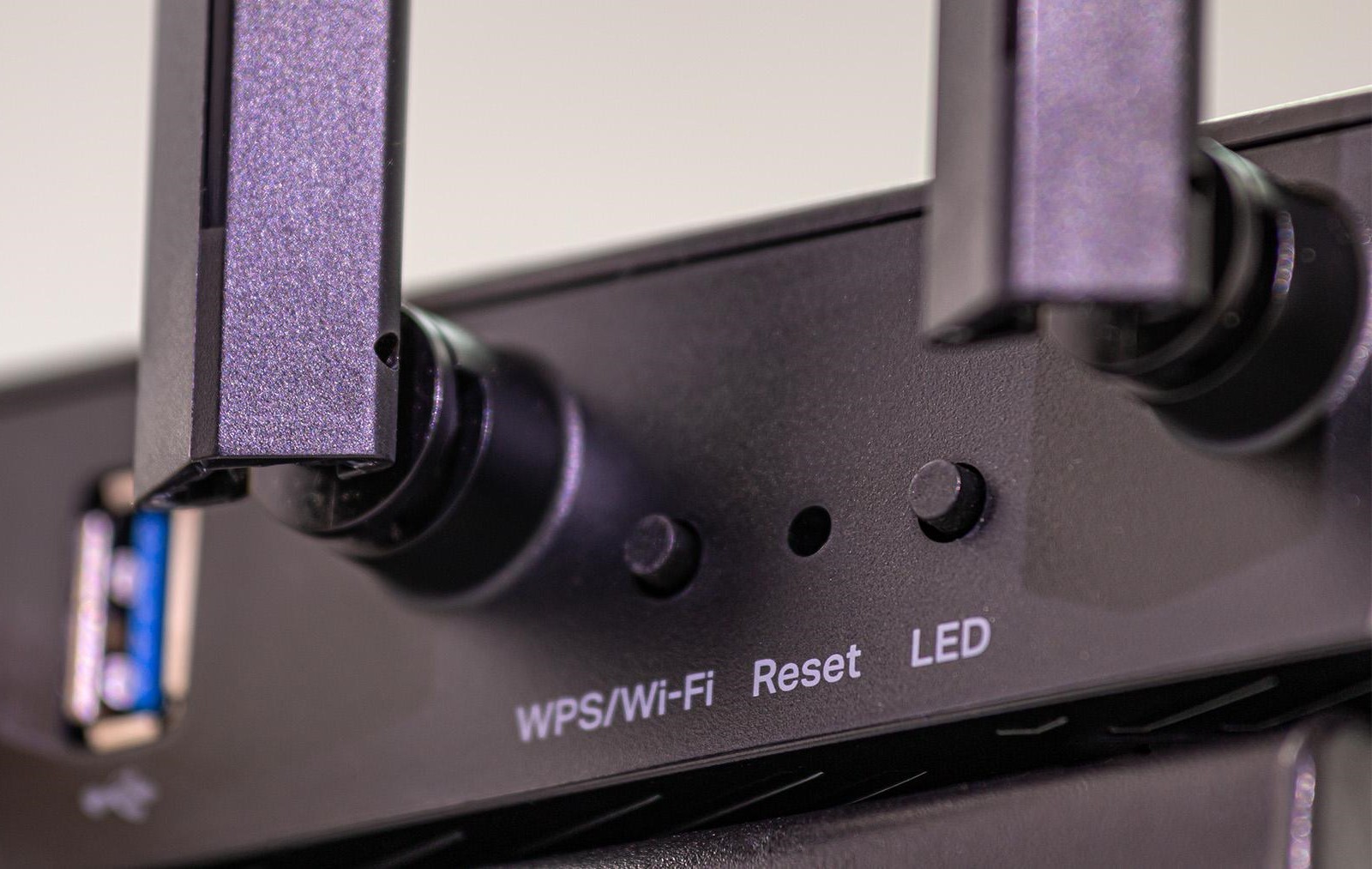

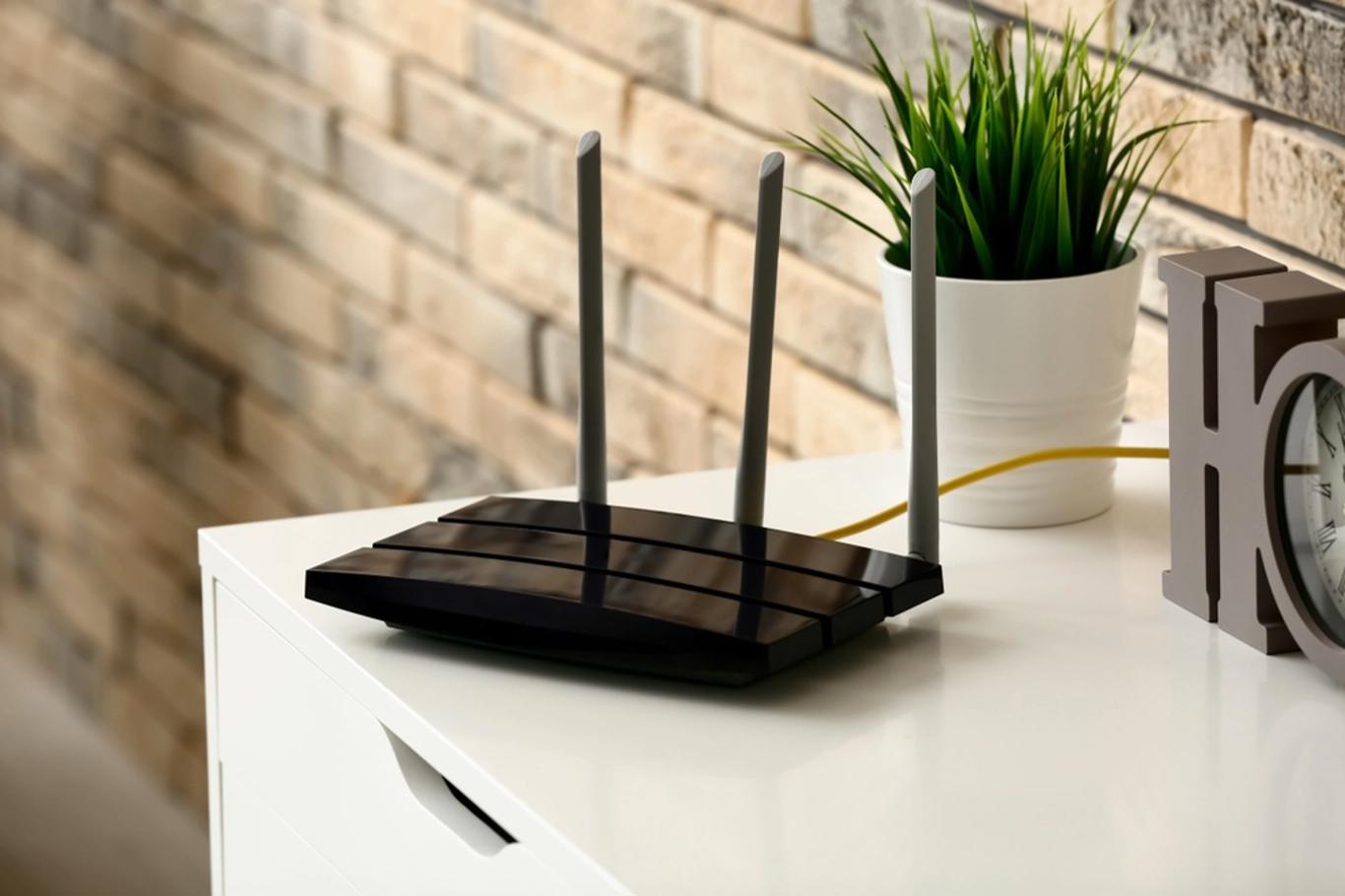
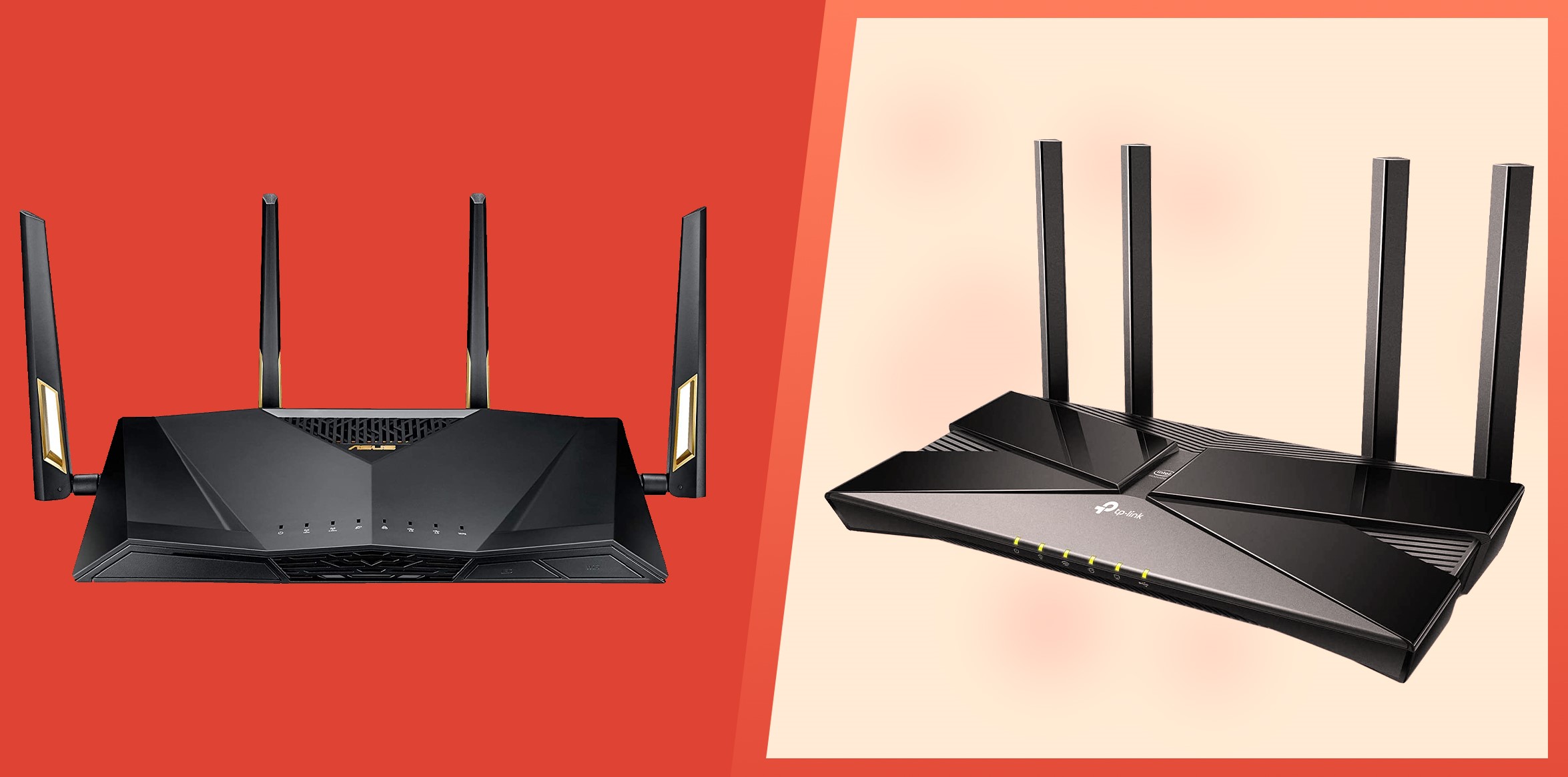
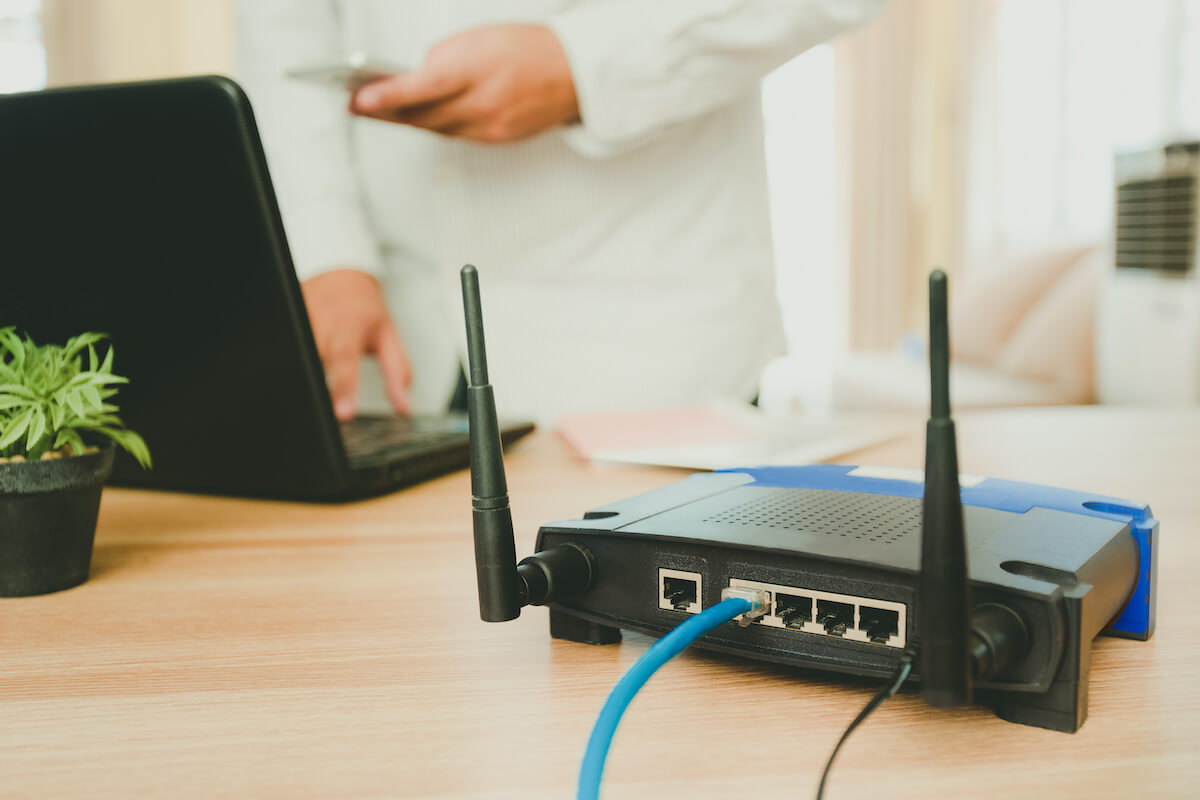
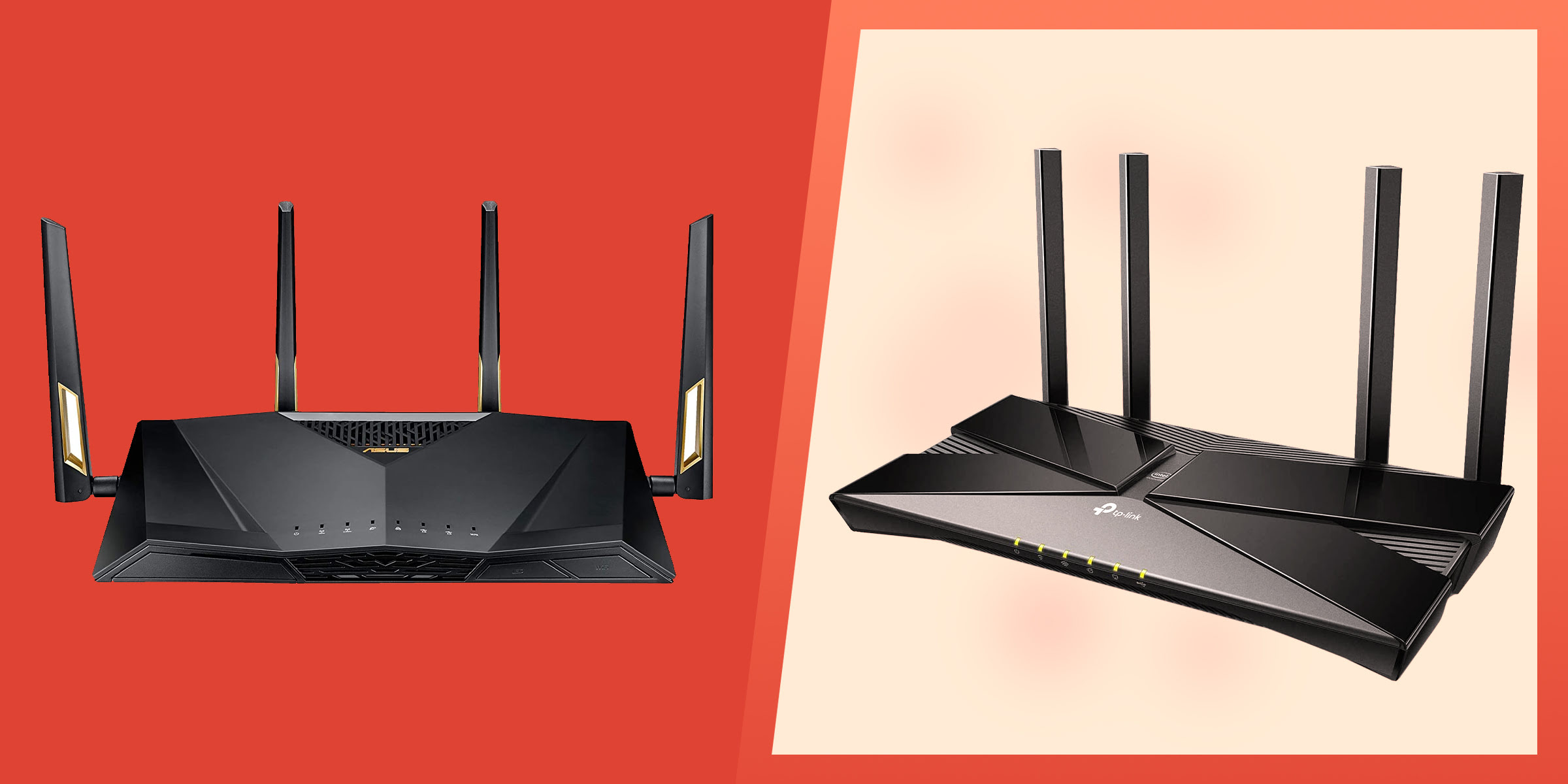
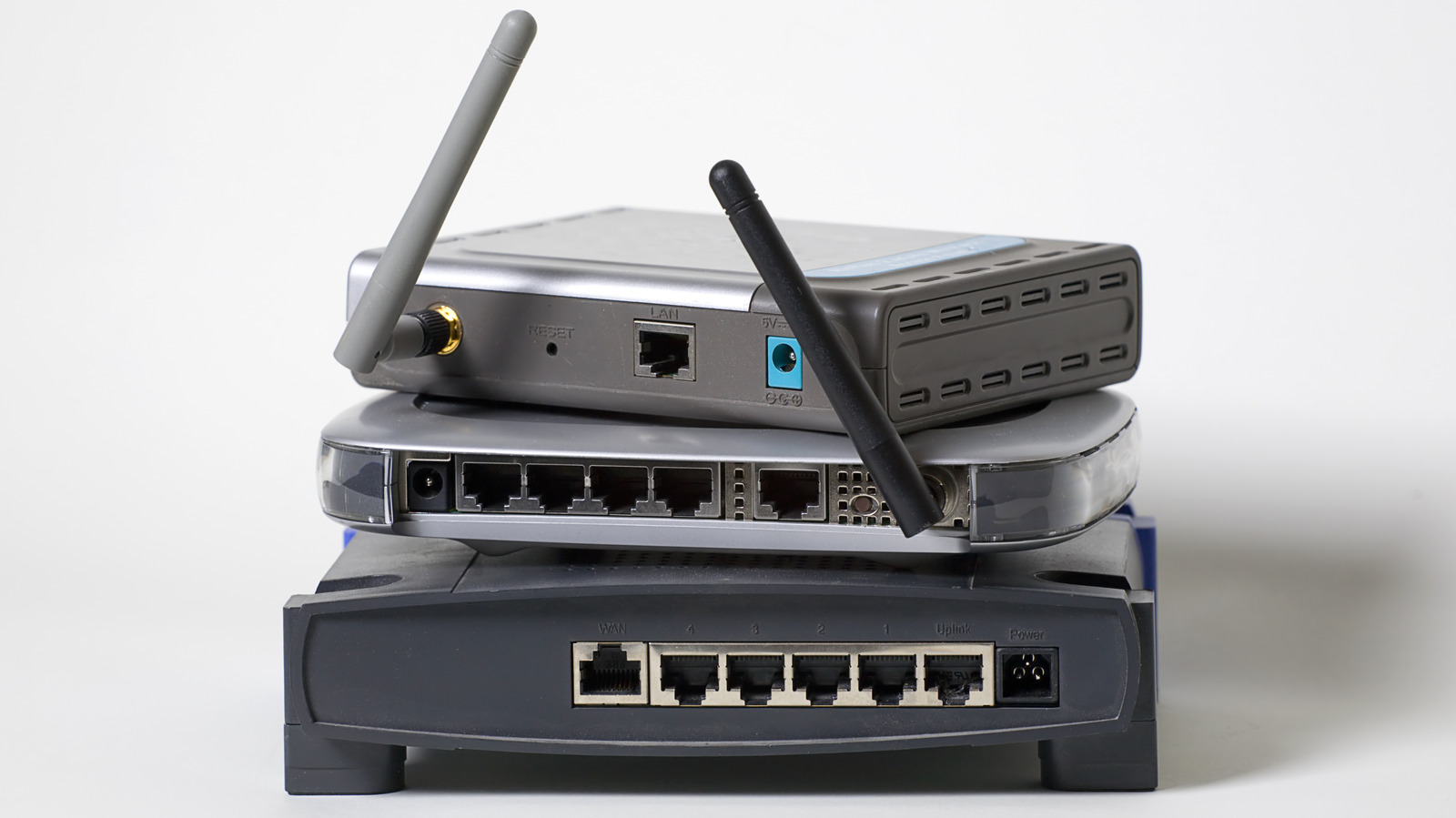
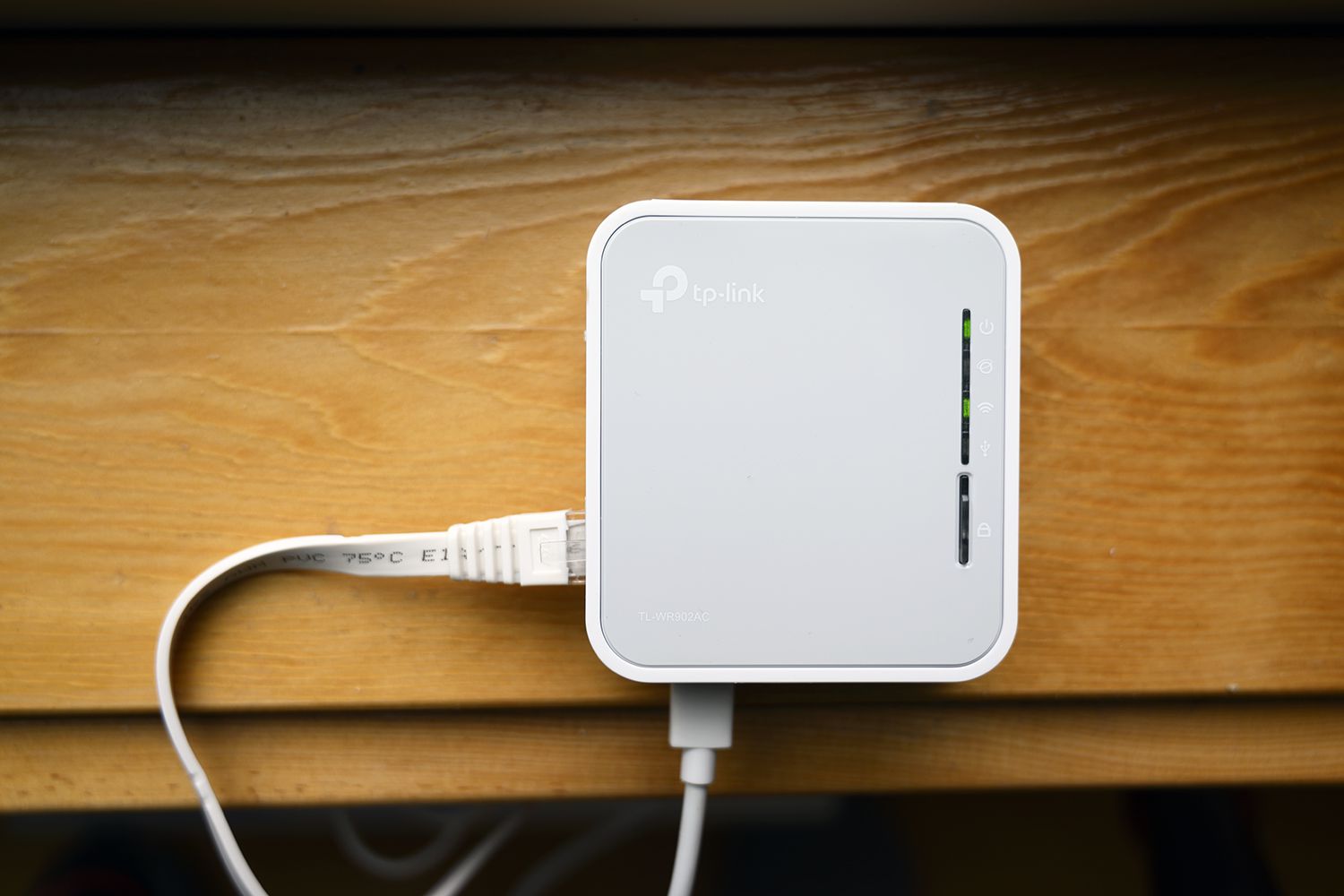

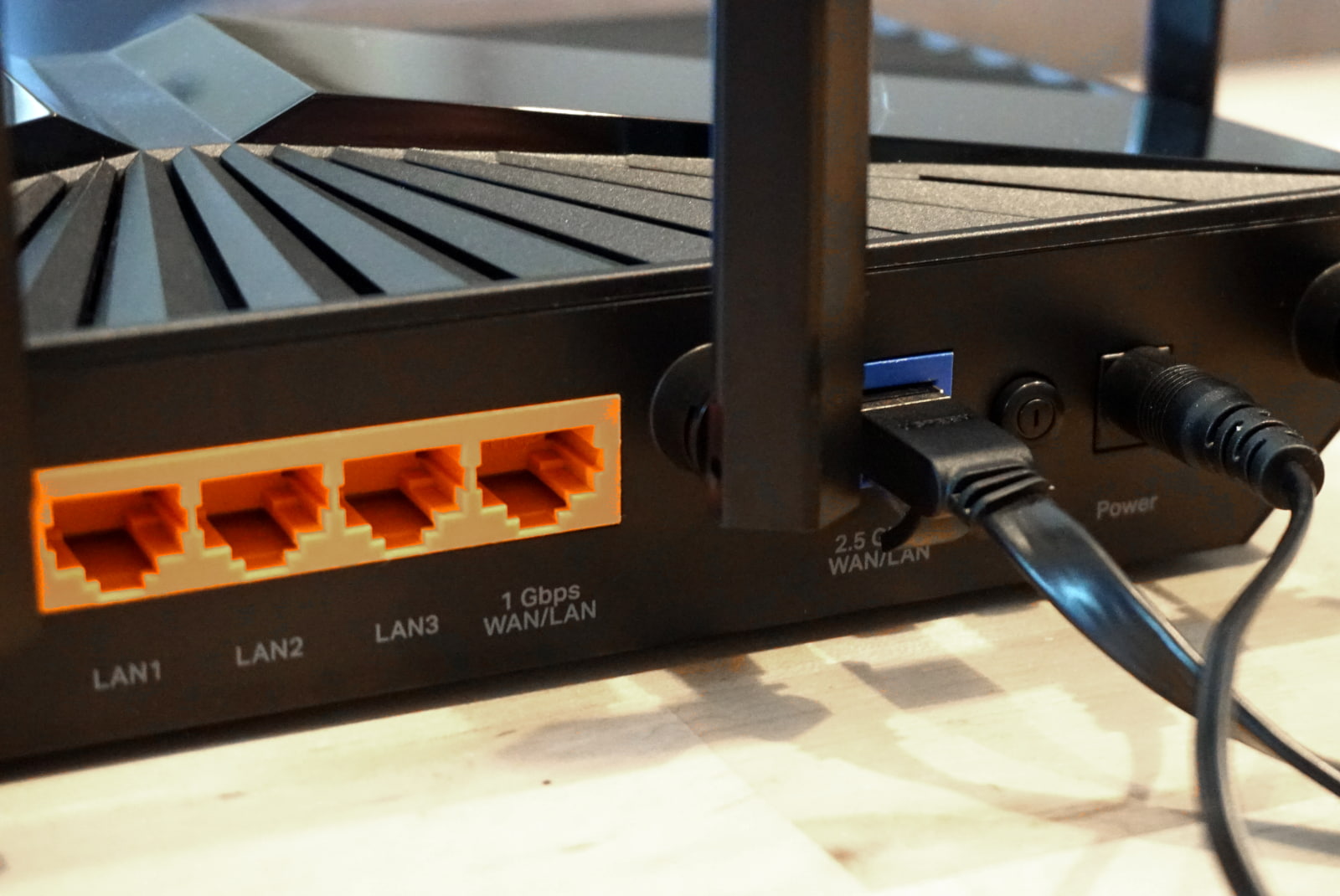
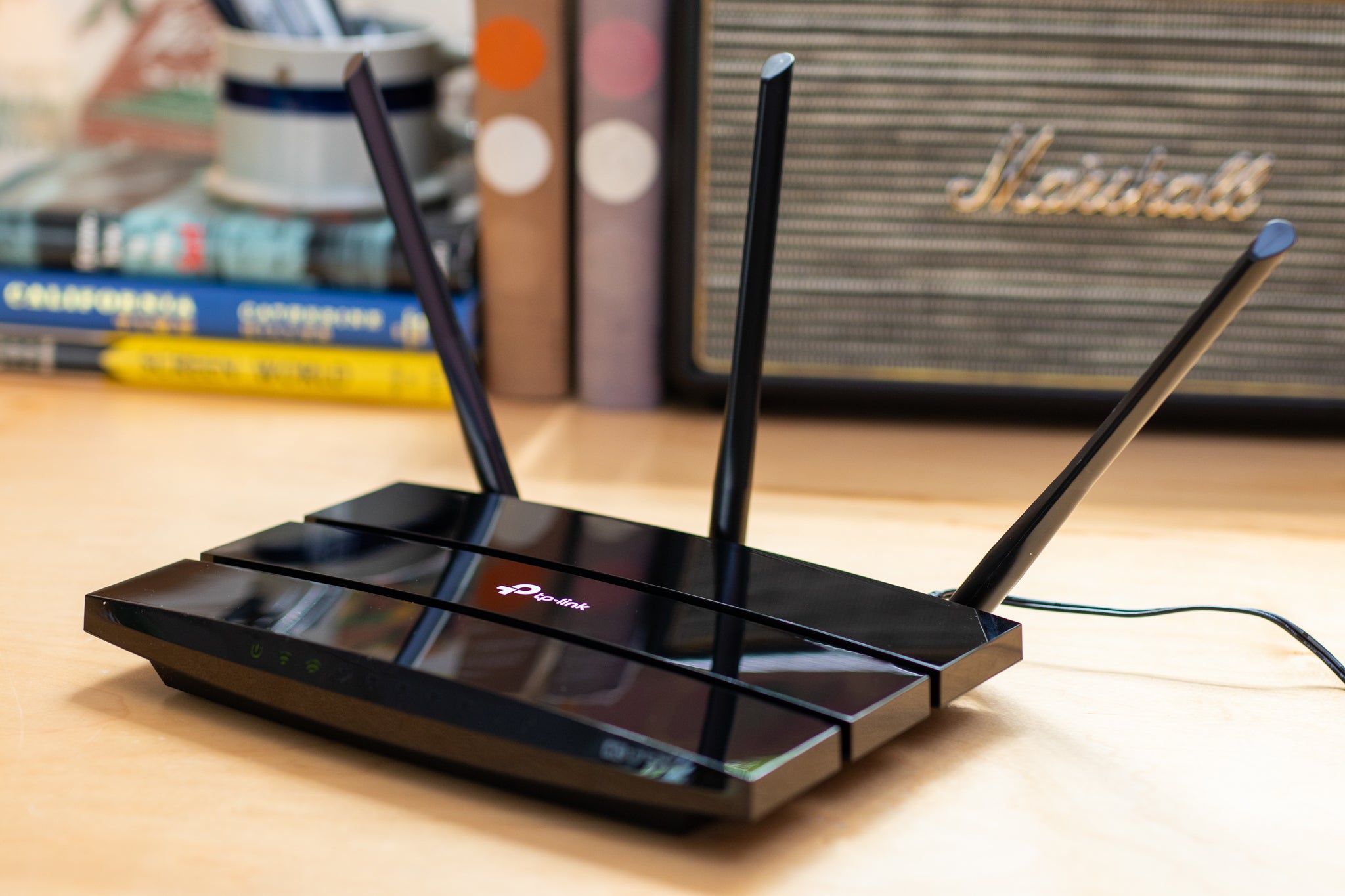
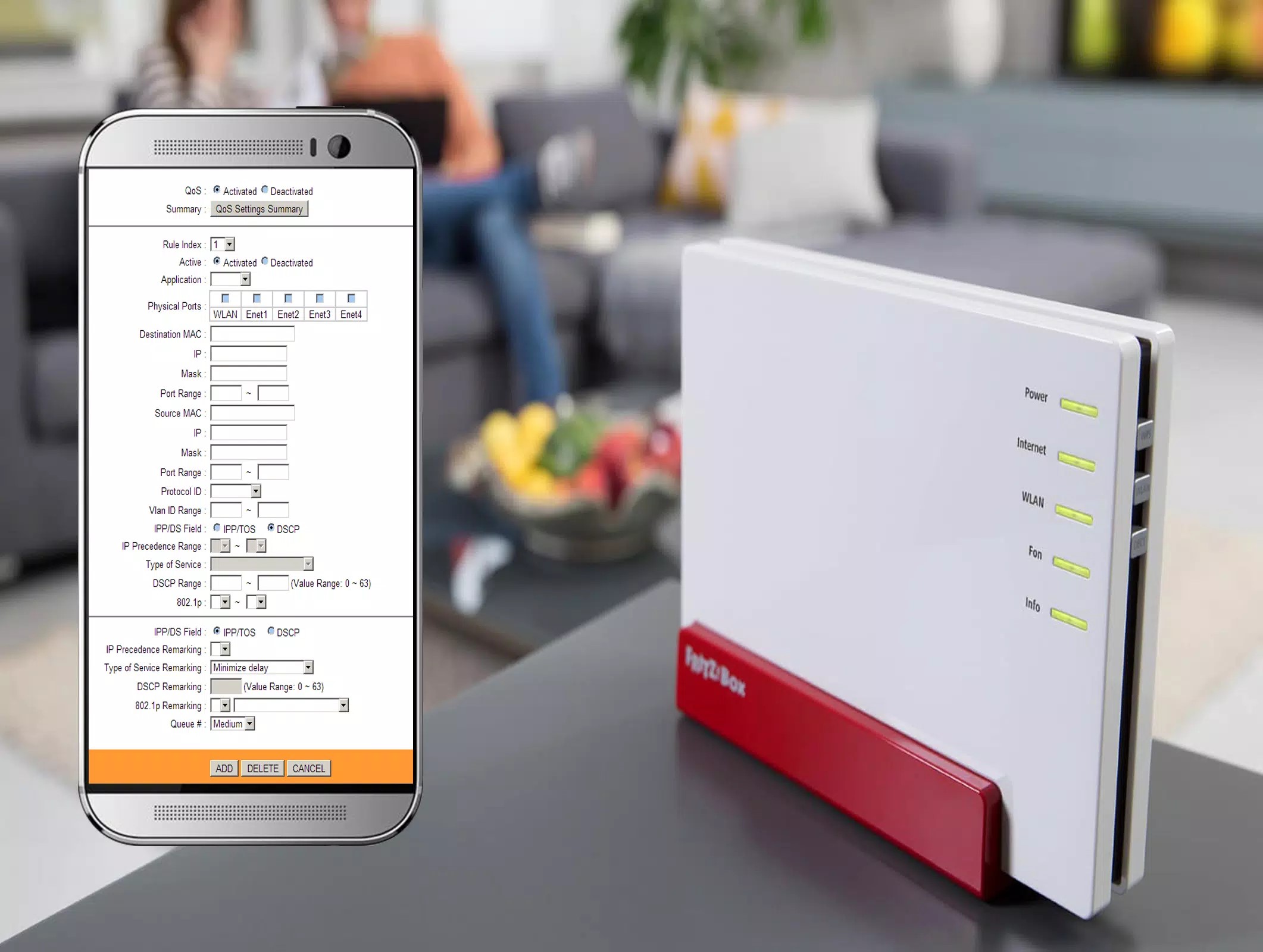

0 thoughts on “How To Limit Data Usage On Wi-Fi Router Per User”